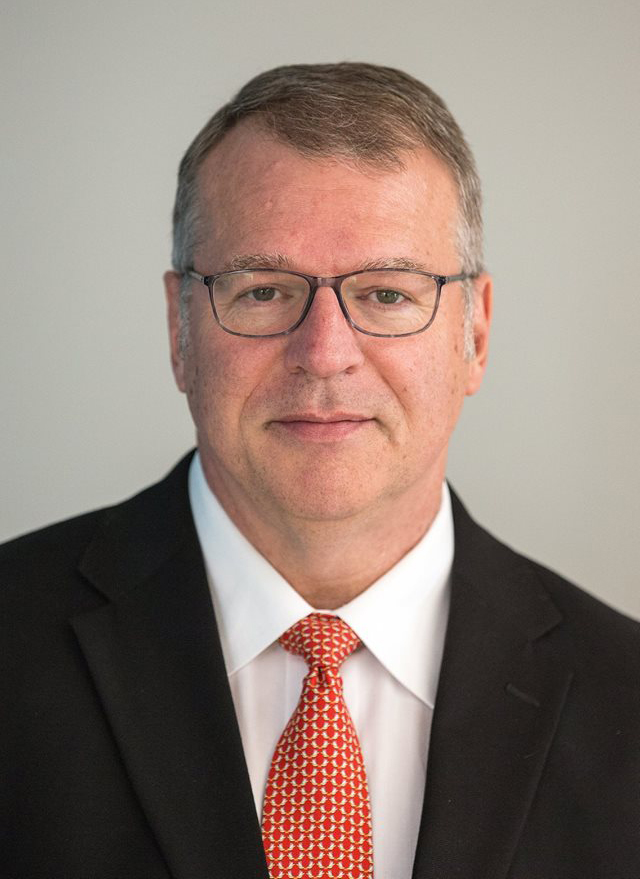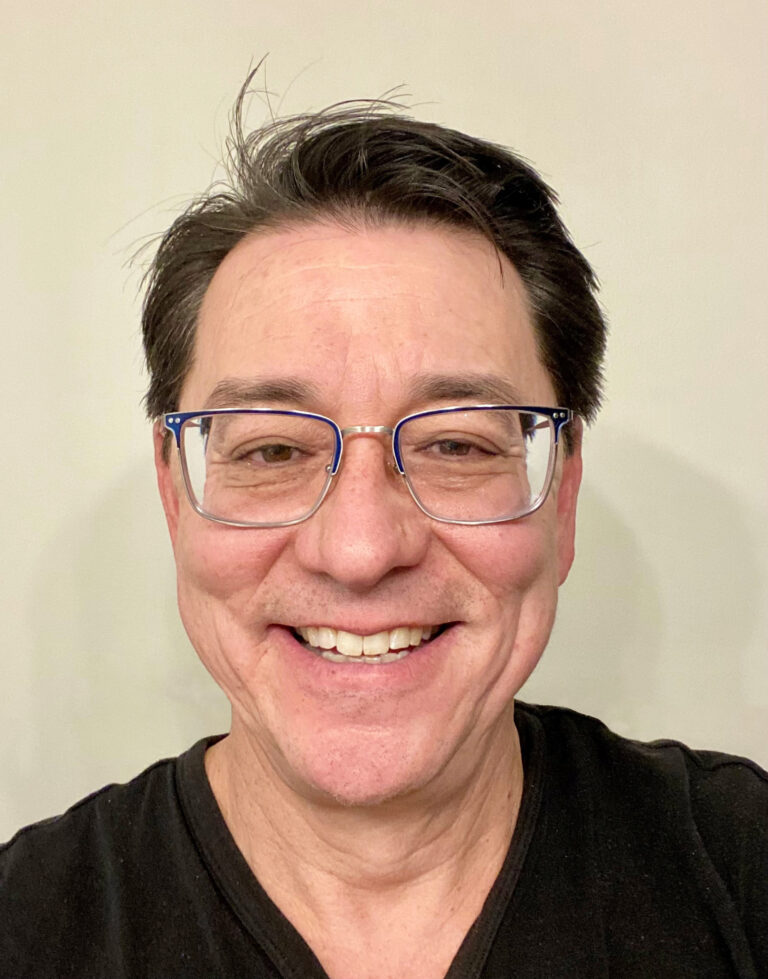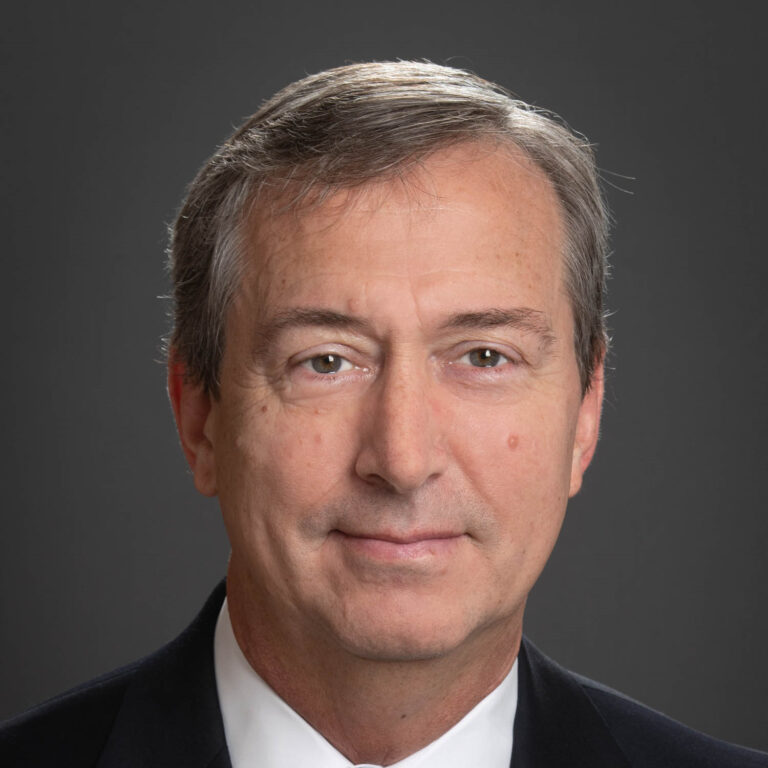From the President: Continuous Improvements to MOC Create a More Meaningful Continuing Certification Program
By Vincent P. Mathews, MD, ABR President
April 2021;14(2):2

The ABR’s Continuing Certification/Maintenance of Certification (MOC) program was officially rolled out to diplomates with time-limited certificates in 2007. Shortly after the program was launched and almost continuously since, we have looked for ways to improve the value and meaningfulness of the process, while also looking for opportunities to mitigate stress and undue burden on participants. In our Continuing Certification program’s short history, we’ve made monumental improvements to better meet the needs of our diplomates. These program enhancements have been informed by stakeholder input and experience.
We have sought to make incremental changes to ensure that the daily clinical work of interventional radiologists, diagnostic radiologists, radiation oncologists, and medical physicists is applicable to many of the Continuing Certification requirements, especially Part 4 (Improvement in Medical Practice). We’ve examined and implemented ways for more of the numerous Continuing Medical Education (CME) opportunities offered by our radiology society partners to be used to fulfill Part 2 (Lifelong Learning and Self-Assessment) requirements.
Less than 15 years after implementation, the Continuing Certification program is almost unrecognizable when compared with the original MOC program in 2007. A few of the more recent Continuing Certification enhancements include expanding available self-assessment CME activities (2012), the introduction of PQI Participatory Activities (2013), creation of a dedicated customer service team to handle email and phone calls (2015), implementation of simplified annual attestation (2016), and a new website (2017).
Most recently, we moved away from the episodic 10-year exam to Online Longitudinal Assessment (OLA) as a popular option for completing the Part 3 (Assessment of Knowledge, Judgment, and Skills) requirement. OLA leverages many principles from adult learning theory to create a more meaningful and useful assessment. To date, almost four million questions have been answered and more than 78% of 30,000 participants have indicated that OLA participation helps them identify and remediate clinical knowledge gaps.
In recognition of the many significant program enhancements and our overall goal for continuous improvement, we are beginning the transition from the original program name, MOC, to the new name, Continuing Certification. Our goal is to offer a Continuing Certification program that is robust and credible to patients and the public and not overly burdensome to those participating. I thank you for your patience throughout the years as we’ve made changes to achieve this important goal.




